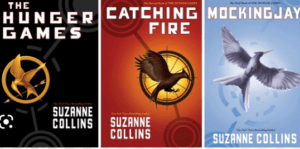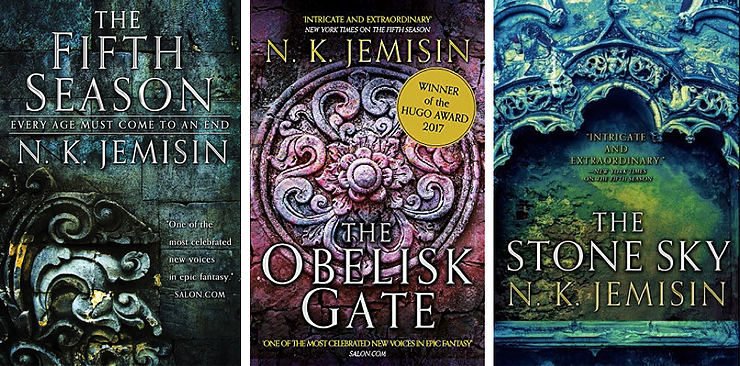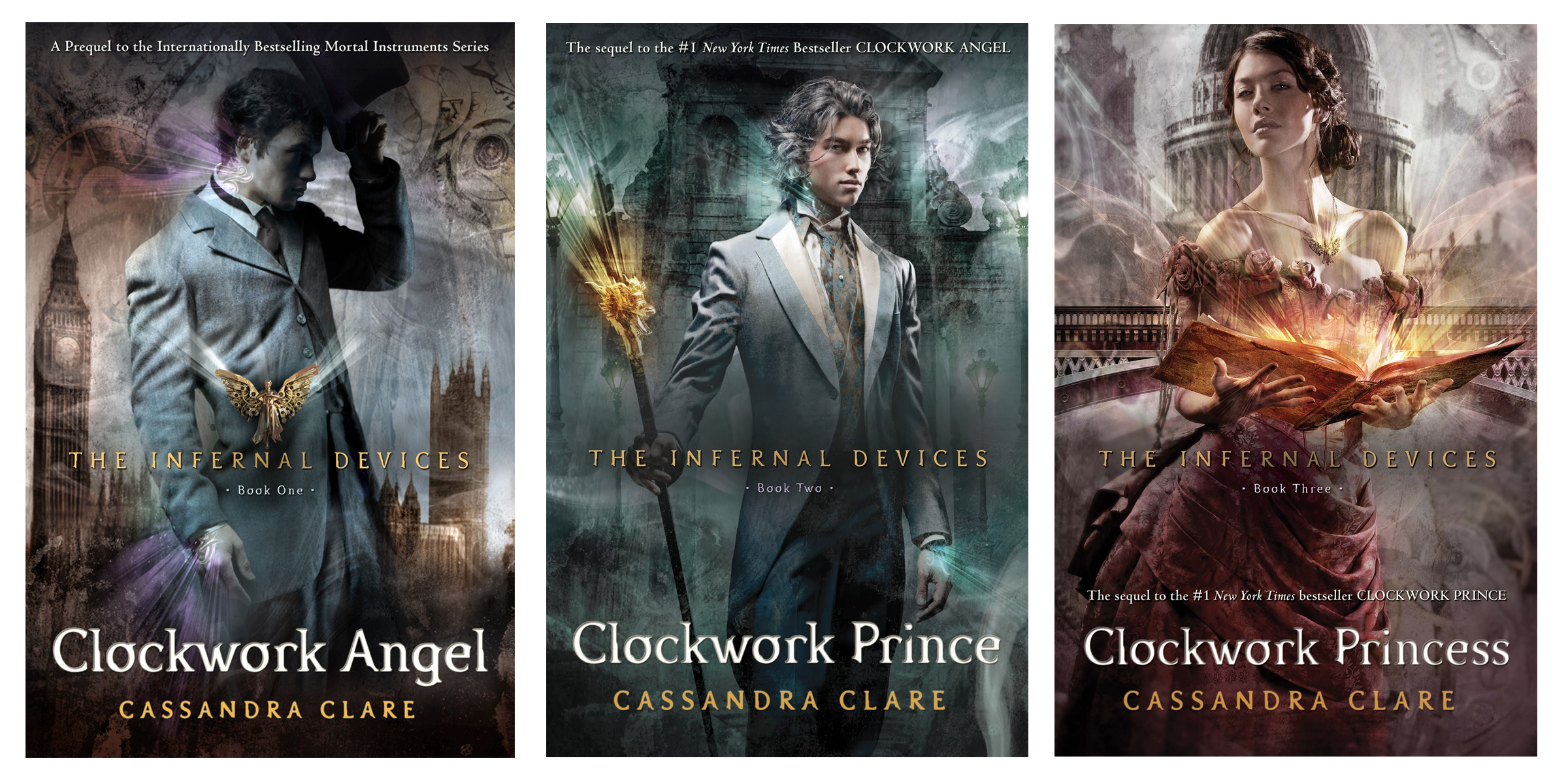Unlike a standalone novel, a trilogy offers a deeper dive into the story’s universe. A trilogy has several interesting subplots, more than enough memorable characters, and much more action than you can even imagine. The author gets more flexibility in experimenting with their ideas. In fact, if one of their ideas doesn’t pan out, they can simply adjust it in the following parts.
As many benefits as you can see here, though, actually writing a trilogy is more than a herculean task. Because the advantages of a trilogy can also become challenges down the line. While you only plan one storyline for a novel, a trilogy makes you look at three books, not to forget writing a seamless story spanning the whole series.
There is no shortcut to writing a successful trilogy – you will have to put in your blood, sweat, and tears to write it. But there are a few tips and tricks you can keep in mind to make your writing experience a tad bit better. If you plan your trilogy with the help of these steps, you can definitely put out a trilogy that may be counted in the top ten best series! Every writer’s dream, isn’t it?
- Read, read, read:
Let’s say you have read many trilogies – and even book series – but now it is time to approach them again as a writer. Analyze the words and how the story is built, and appreciate where the writer has pulled off the scene brilliantly and vice versa. More importantly, develop your opinions. See what you love and hate about the writing style; you can drop it while writing your own trilogy. You can scribble on the pages (like Snape in his potions textbook) or stick post-its with your observations to be more thorough.
- Decide your genre:
We all have our strengths when it comes to writing – some write romance well, while some thrive in murder mysteries. Now that you know how trilogies work – even to an extent – decide which genre you would be the most comfortable writing. Though trilogies are more commonly written in fantasy, science fiction, and YA genres, you can opt for anything you love to write. No one will bat an eyelash if you publish a historical fiction or pure romance trilogy; that may be even more loved than the usual series!
- Plot your trilogy structure:
In planning a trilogy, one of the most important things is the structure of the plot. How are you going to display the idea you want to write? To help with that, you must first look for the answer to what drives your story?
- Plot-driven: Plot-based stories are entirely about how the story It may mean a mission, an unavoidable prophecy, or just the challenges of the world shown. The characters are secondary to the plot.
- Character-driven: As opposed to plot-driven, character-driven stories focus on the characters. Series that are character-based shows their character development – however, it may be – throughout the books.
The second question you should ask while planning your story is what specific plot structure you would like to proceed with. It is not as difficult as it sounds – plot structures provide a template for the way your story will move forward. However, there is no hard and fast rule that you will have to use one of these for your trilogy.
- The Complex Arc: In this structure, each book has its own conflict and resolution, solved by the end of each novel. Simultaneously, an overarching arc with tension, finding resolution at the third book’s end. Think of (three) stories with a story – which offers more excitement and a cathartic reading experience.
The Hunger Games – Suzanne Collins:
The entire world knows – and is a fan of – The Hunger Games trilogy. Written by Suzanne Collins, the series feature a dystopian setting where the rich and powerful Capitol forces the teenagers from the poor districts to participate in a deadly, televised game. Well, there’s more to it than this description – but the magic of the words was enough to make the trilogy appear on the big screen!

The most impressive thing about the series is the way the books are structured. They have three sections of nine chapters, similar to a three-act structure used in literature. Thanks to her playwriting background, Collins sees the sections as acts – and the divisions as act breaks. This system helped her flawlessly maintain the story’s flow over three books.
- The Long Arc: The long arc is one story cut into three parts, with the same characters and arcs carrying forward from one book to another. The first two installments usually end in cliffhangers, while the third gives a satisfying conclusion. This one looks easier and is common but equally challenging to execute. The issue usually comes in the second book, where you must maintain the same excitement as the start and the end. But it is also a surefire way to intrigue the readers!
The Infernal Devices – Cassandra Clare:
The Infernal Devices is actually a prequel to The Mortal Instruments series. However, since the author, Cassandra Clare, has confirmed that the series can be read in any order (though reading chronologically is recommended), you can start with this trilogy first. The series follows Tessa Gray, an orphan, trying to find her brother when she stumbles across the supernatural world of Shadowhunters. The power, magic, and mystery are laced on every page as you read how Tessa’s strength and resilience are tested.
A tricky challenge about writing a trilogy as a prequel is making the events match the main series. If the main series has scenes of the past, you have to ensure those are linked well in the prequel. The Infernal Devices seem to have succeeded in that! The themes, settings, and characters are consistent throughout the books.
- The Episodic Arc: The Episodic arc shows the same set of characters put through different situations in every book. There is no overarching storyline – and therefore can also be read individually. But the tricky part here is to maintain the characters’ consistency throughout the three installments. Think of series like Secret Seven or The Murder House Trilogy – exactly like those!
- The Atypical Arc: In this one, readers can expect different books sandwiched into one trilogy or read two arcs spread over three installments. Either of the two can be counted as atypical trilogy styles – and are equally fun to read.
- Make a comprehensive mind map of your outline:
Planning is not just a good habit in trilogies – it’s a necessity! To make planning more fun, bring out your detective side; it’s time to make a board of your visualized outline. Use your preferred plot structure to map out every character, their driving points and stories, the world-building, the plot, the sub-plots, and little pointers to go in the novels. Draft it as often as you want until it results in a concise and understandable plot flow.
It will be your blueprint; return to it whenever you’re stumped while writing or derail in a starkly different plotline. Or, if you like the changes you made while writing, you can always go back to make changes in your mind map – it is dynamic, after all.
Broken Earth – N. K. Jemisin:
While world-building can appear in any book, it is more suitable for series, especially trilogies. A trilogy lets the author create and explore a new world with their own characteristics. N. K. Jemisin displays her world-building prowess in her trilogy, Broken Earth. This science fiction series has won the Hugo Award for three consecutive years – and follows the story of the inhabitants of the Stillness, a supercontinent with weird and hazardous climate change called Fifth Season.
The society – made of comms, use-castes, and species – is as futuristic as rooted in the present societal model. We see Essun, an orogene, accidentally finding herself on a mission to prevent a catastrophic war on her continent. You know what? It is impossible to capture the gravity and deep meaning of the series just by the description. But you can appreciate the ingenious world in the trilogy by reading it!
- Start writing:
A writer has many doubts when starting their own story – will it be well-written? What if I don’t give my own idea a proper justice? What if everyone hates my story? And etc. One answer for it all – keep your recently planned blueprint in front of you and start writing! There will be challenges; you will even think about quitting in the middle of it. But just push through and write! Once you feel confident enough to not delete the whole document, edit and revise, print out your book and send it to trusted friends for feedback. Soon enough, your trilogy’s manuscript will be in your hands!


